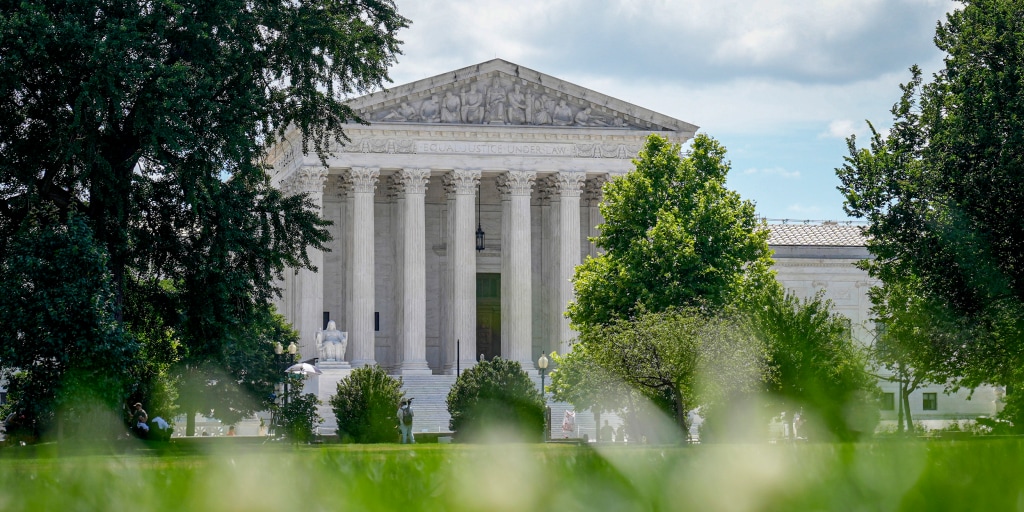Faith, Funding, and Freedom: Supreme Court Weighs Historic Religious School Showdown in Oklahoma

In a landmark legal battle, a proposed authorization for a Catholic school faced a significant constitutional challenge. The dispute centered on potential First Amendment violations, which strictly prohibit government interference in religious matters. This case highlighted the delicate balance between educational support and maintaining the constitutional separation of church and state.
The proposed authorization sparked intense debate about the boundaries of government involvement with religious educational institutions. At its core, the challenge sought to protect the fundamental principle of religious freedom enshrined in the First Amendment, which guards against governmental entanglement with religious organizations.
Legal experts argued that even well-intentioned support could inadvertently compromise the constitutional safeguards designed to preserve religious independence. The case underscored the complex legal landscape surrounding educational funding and religious institutions, demonstrating the ongoing tension between public policy and constitutional protections.

